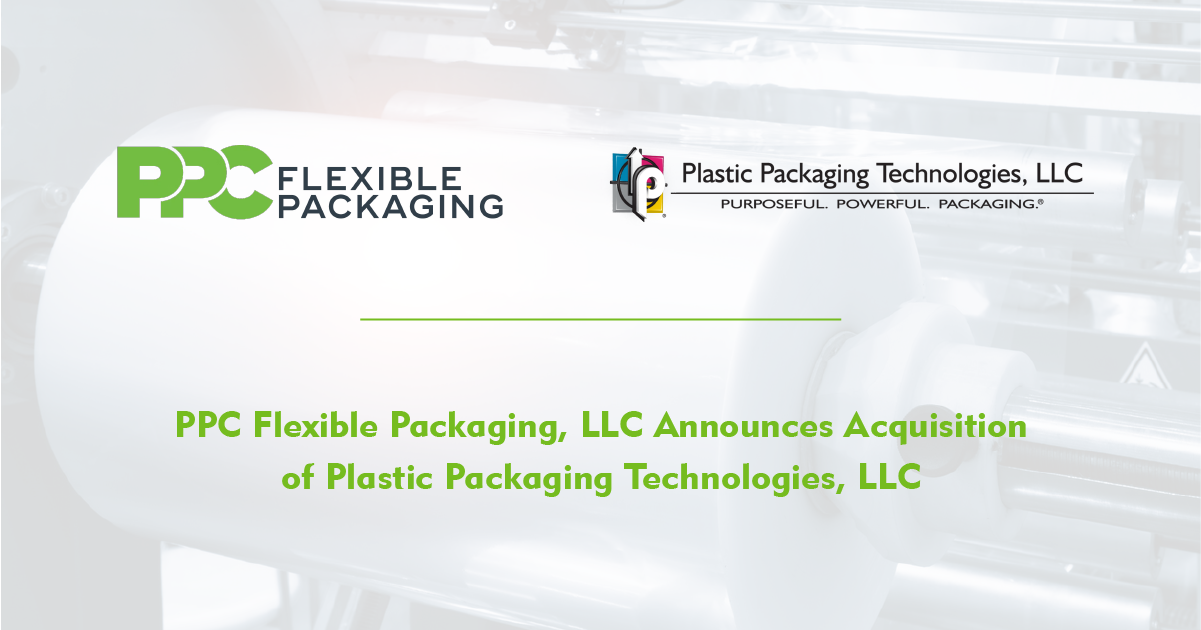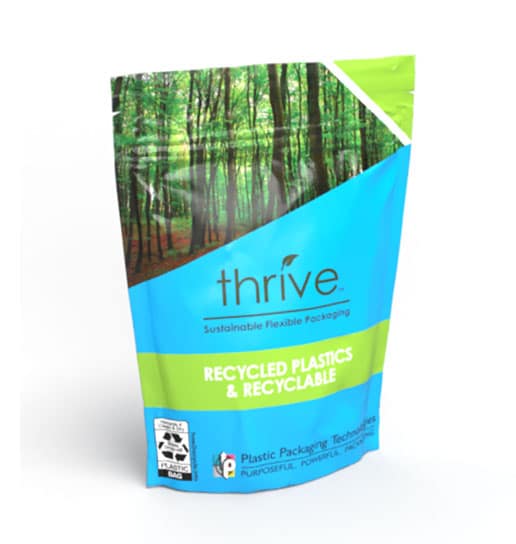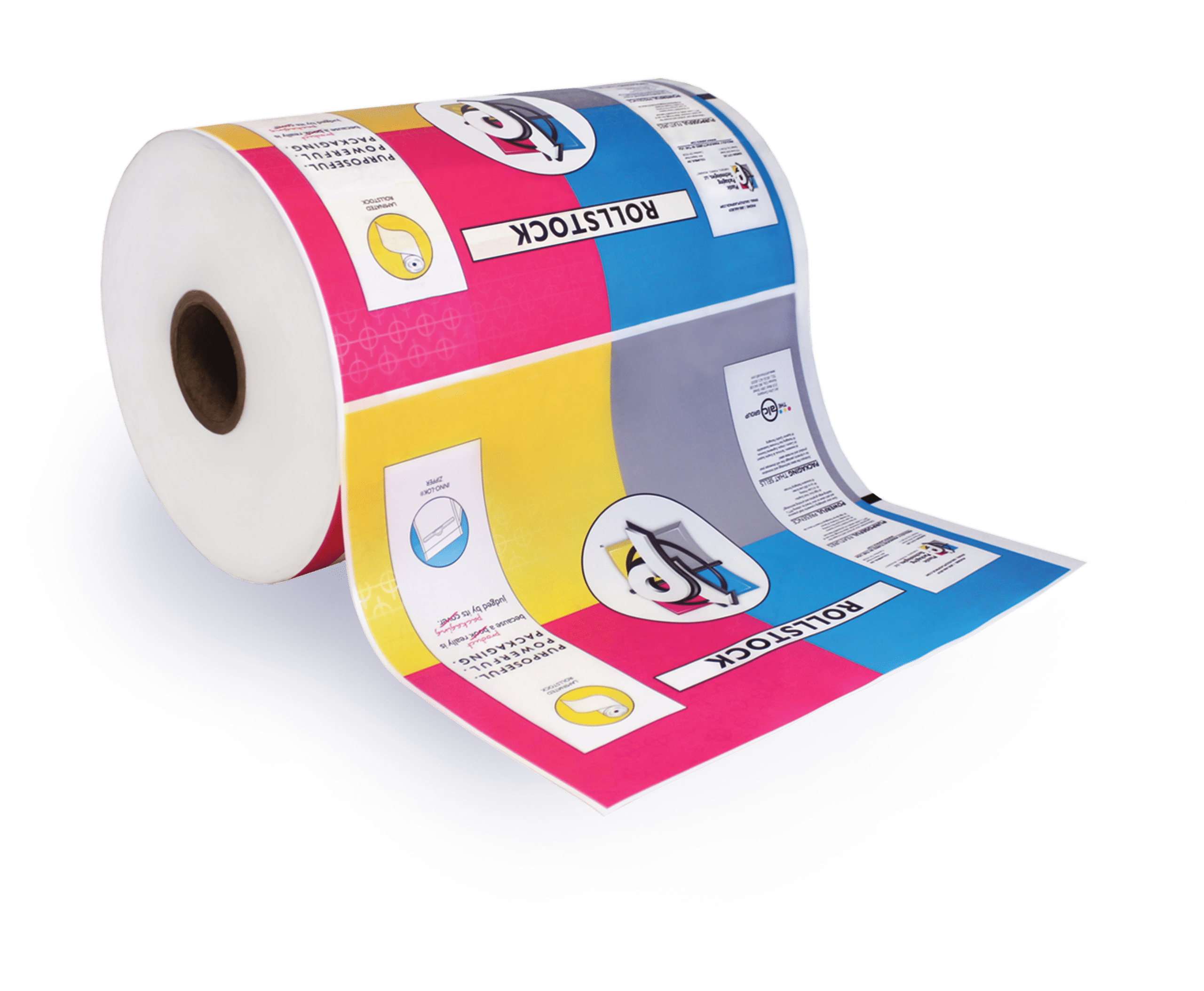Buffalo Grove, IL — October 21, 2022 — PPC Flexible Packaging LLC, a leading provider…
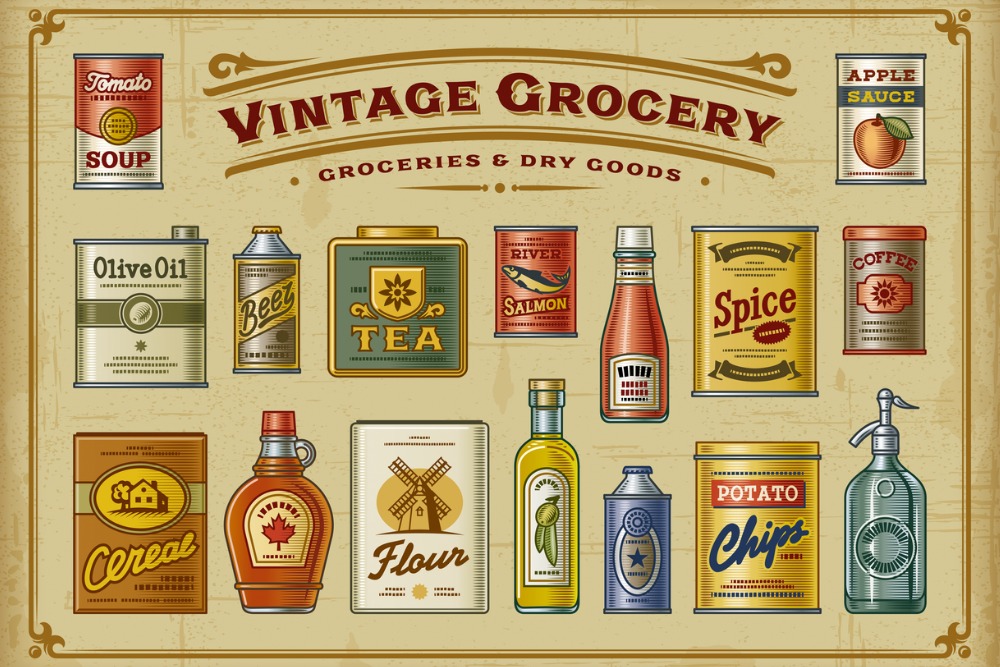
Can you imagine a time when packaging was just a way of storing and transporting food? There were no mascots or big bubble letters or any “Fat Free!” indicators. Packages served one purpose: holding food. How boring, right?
Nowadays, eye-catching and colorful food packaging design is one of the biggest influences on whether or not a person decides to buy a product.
Not to mention the strides that the industry has made in developing more advanced forms of packaging with the advent of materials like flexible plastics and innovations like resealable bags.
What do people do without resealable packaging? Eat stale crackers?
The packaging design was much more simple in the first half of the twentieth century and is continuing to evolve and grow more complex to this day. Back in the day, it could be difficult to differentiate between brands because of how simple and uninspired the designs could be.
Today, packaging has advanced not only in functionality but as a way to establish brand identity and consumer-loyalty as well.
Read on to learn more about how the simplistic packaging of the past has evolved into the products that you see on your store shelves today.
Introducing the Silent Salesman
The industrial revolution had a major influence on the way food packaging was designed and developed. As machines replaced hands as the primary method of manufacturing products, packaging advanced and production became faster and more efficient.
With the growing popularity of grocery stores and supermarkets in the first half of the twentieth century, packaging importance surrounded brand recognition and marketing to consumers.. No longer was packaging simply relegated to the storage and transportation of foodstuffs.
Food branding and packaging came to be known as the “silent salesman,” a term which refers to the way packaging helps products to form a psychological connection with consumers.
In post-WWII America, the development of new packaging technologies like plastics and aluminum foil helped popularize the growing design trend of convenient, multi use-, packaging.
As technologies have increased, production of more advanced packaging styles has increased as well. Complex shapes, colors, and materials have become widely available and are easier to produce on a large scale.
Going Green
A renaissance concerning food wastage that occurred at the backend of the twentieth century led to a colossal shift in the way food products were packaged.
Due to low-quality packaging and inefficient manufacturing methods, lots of packaging waste was accruing across the world. This packaging was negatively affecting the environment and leading to a high percentage of fresh and frozen food products going bad and having to be thrown out.
Russia, in particular, was wasting around seventy percent of their potatoes and over half of their fresh produce due to poor packaging practices.
Another renaissance that occurred in the packaging industry was focused on environmental awareness. In the twenty-first century, the types of materials being used in packaging products have become a major focus.
There is an increased effort to utilize materials that are recyclable or have been manufactured from other recycled products.
Lots of packaging comes with indications of recyclability, as well as specific instructions about the best way to dispose of or recycle the material in the most ethical and environmentally-friendly manner.
Increased Focus on Nutrition
Health and nutritional information being present on food packaging has become increasingly important in the last forty years due to public health concerns.
It is now required by law for food manufacturers to completely and accurately state all nutritional information about their products, as well as list every ingredient that is used.
In more recent years, certain brands have begun prominently displaying their products’ nutritional information on the front of their packaging as a way to increase sales and more effectively market to certain demographics.
Evolution of Packaging Materials
Glass

Glass is the oldest of all the packaging materials, with its roots having been traced back to more than five thousand years ago.
In the past, glass bottles were rare commodities manufactured by skilled glass-blowers who dedicated their lives to their craft. However, after the industrial revolution of the twentieth century, glass bottles became an affordable, mass-produced container.
In 1903, an American inventor named Michael Owens invented an automatic glass-forming machine, which could produce more glass bottles in a single hour than a team of glass blowers could in an entire day.
Glass is most commonly used for beer, soda, and wine bottles. Glass is an excellent method of storing food as it does not affect taste and can be reused over and over again without diminishing its quality.
Paper
Paper may be the oldest form of what is known today as “flexible packaging,” however, it wasn’t until 1867 that paper originating from wood pulp was developed.
The very first cardboard box was created in 1817 in England, more than two hundred years after the Chinese first invented cardboard, and commercial paper bags were first made available in 1844, also in England.
Cardboard and paper packaging were extremely popular at the advent of the twentieth century, but, by the time the 70s and 80s came around, plastic began to replace paper as the primary material used for packaging food.
Metals
Metals have been used as food-packaging materials since the mid-1800s. The two most common types of metals used are tin-coated steel and aluminum. Metal is great for sterilization and packaging foods that are sensitive to light.
Aluminum has increasingly been used as a method of canning due to its low weight, low cost, and capacity to be recycled.
The origin of the aluminum can traces back to 1959 when Coors introduced the very first aluminum can, as well as the concept of recycling the cans by paying one cent per can returned to the brewery.
It wasn’t until the mid-1960s that aluminum cans were introduced to the soft drink industry by Royal Crown Cola. Aluminum cans proved easy to print graphics, logo designs, colors, and text on; another reason that they are still widely used today: to promote brand identity and awareness
Plastics
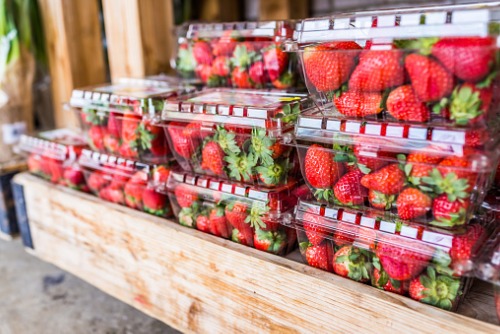
Plastic was first revealed to the world in 1862 at the Great International Exhibition in London by Alexander Parks. This material was referred to as “Parkesine” and was derived from cellulose.
More than seventy years later, in 1933, Ralph Wiley paved the way for a huge leap forward in plastic technologies when he accidentally discovered a new form of plastic: polyvinylidene chloride. This led to the creation of Saran Wrap.
This new material would cling to almost any surface and represented the beginning of a new era of plastics being used for airtight concealment of food products. Another breakout invention would follow with the creation of Tupperware in 1946.
In recent years, flexible plastic packaging has made a huge splash in the food industry. Plastic packaging has introduced a level of intuitiveness and versatility that more rigid materials, like glass and metals, never allowed for.
Today, plastic is the most widely-used material in the food packaging industry.
Here at Plastic Packaging Technologies, we are, needless to say, a bit partial to flexible packaging. We offer a wide variety of highly-customizable packaging solutions to help take your food products to market. .
Our product packaging designs are durable, efficient, and friendly to the environment and will help you connect with your consumers like never before.
If you’re looking for a new way to package your food products, contact us today and learn how we can help your brand awareness grow.

